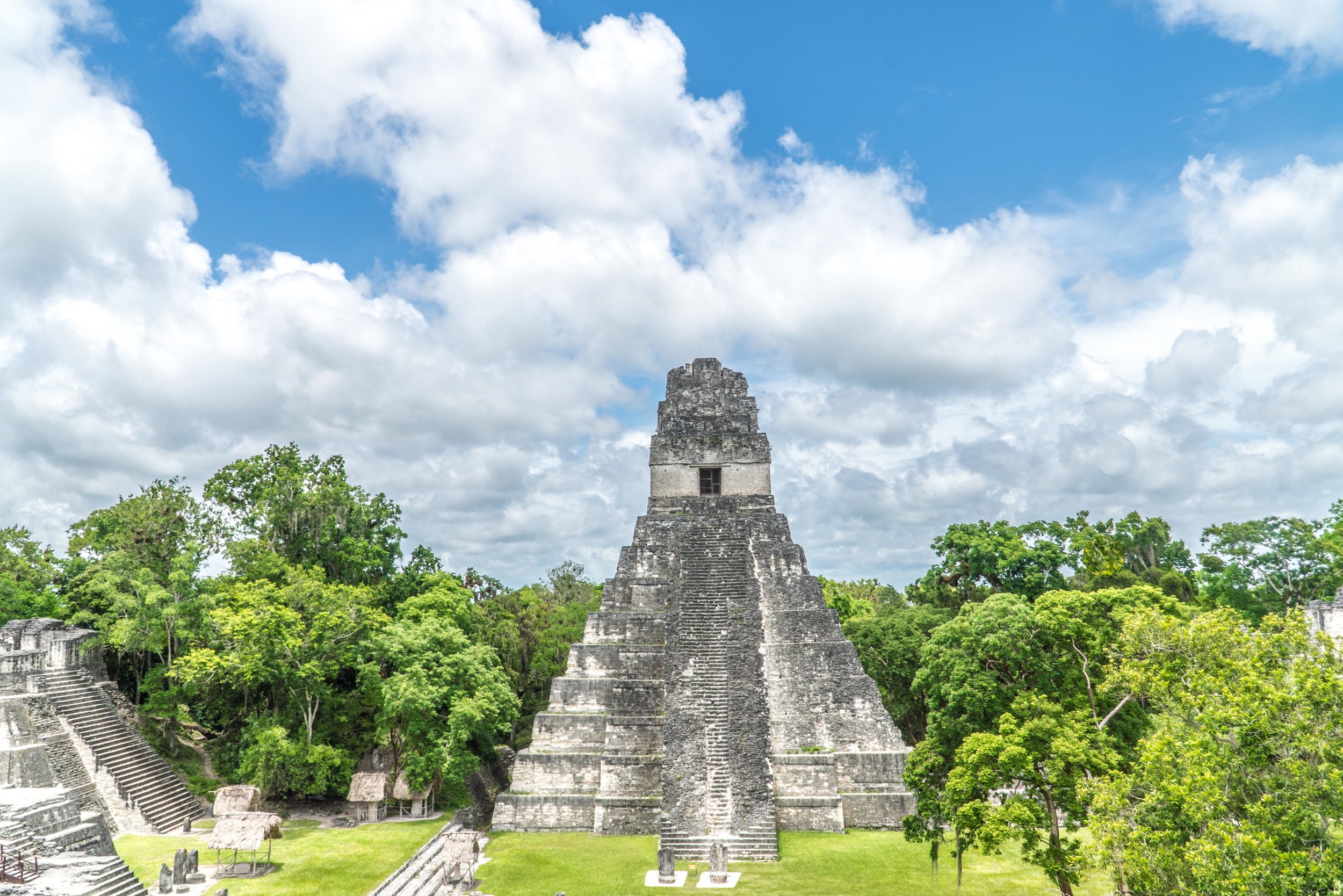Know Your American Craft Beer
Ladies and gents, as if you needed another reason to crack open your favorite beer, I’m giving you another: National Beer Day. Yes, that’s a thing, and yes, we’re most definitely celebrating it big time on WTG today, first with Visit North Carolina and North Carolina Beer Month, and now with Let’s Grab A Beer, who I’ve teamed up with to bring you the 4-1-1 on your favorite American craft beer beer. Alright, so you probably have your favorite style of beer. When bartenders ask you what you like, perhaps you say something like, “Oh, I’m an IPA gal.” But what do these styles of beers even mean? So pale ales are pale, ambers are amber-colored, and stouts, well are stout. But beyond that, what do the different styles of beers actually mean to the common beer drinker?
Well I’m here to tell you. So today I’m coming to you with the lowdown on five of the most common beers (focusing on ales) you see around the U.S. (This by no means represents all, or even most of the American craft beer styles, but are rather some of the more common beer styles you'll see at craft breweries and brewpubs around America).
Lagers
I know what you may be thinking, "But Spencer, lagers aren't ales." And you're right. However, I'd be remiss not to mention lagers, since lagers represent approximately 80% of the beer sold in America. Lagers have long been a part of American beer culture, influenced largely by Germany, which is where the term originates from. The difference between lagers and the rest of the beer styles I mention largely comes down to the yeast, brewing temperature, and flavor profile. Ales use bottom-fermenting yeast, while lagers use top-fermenting yeast, essentially affecting the chemical reaction of each. Additionally, lagers ferment at colder temperatures. With lagers, therefore, you typically get a light, crisp, easy-drinking beer, while ales can often be more complex and hoppier. Lagers, additionally, typically have a lower ABV.
Pale Ale
But now to ales, beginning with the pale ale. The term “pale ale” is actually much older than America itself, dating back to the 1700s, when certain lighter beers started to be advertised as so. The American pale ale, however, didn’t really come into being until 1980, helping actually propel the craft beer movement that began during the following decade. Generally speaking, pale ale typically consists of beers that are produced with pale malt, using warm fermentation. The color of pale ale can vary, from light (pale) golden color, like you’d expect from a lager, to a more orange-copper color. As such, the taste also can vary, though compared to some of the other beers mentioned here, is a more subdued beer then a stout or IPA, for example, and often has a citrusy and piney flavor that’s not overly sweet. Pale ales are a good gateway beer to IPAs, which are often much hoppier and have a higher ABV, while pale ales hover around 5% ABV.
India Pale Ale (IPA)
India Pale Ales (IPA) may just be the poster child of craft beer, with a number of American IPAs having cult followings like no other style of beer. By and large, the biggest difference between pale ales and IPAs is that IPAs are often stronger, hoppier, and have a higher ABV. However, you find many of the same flavors present in IPAs as pale ales, such as citrus and pine. Recent years has seen a number of sub-categories of IPAs emerge, such as white IPAs, which are something of a Belgian take on an IPA, and black IPAs, which are brewed with darker malts. And then there’s the session IPA, which typically has many of the same hop characteristics, but with smaller ABV levels.
Amber Ale
The definitions of amber ales aren’t quite so defined like they are with many of the other styles here, since the term is often used to describe any amber-colored beer. However, a proper amber beer will typically have amber malt, giving it a more light brown color. It’s most closely associated with pale ales, but more malt-forward, though often maintaining some of the same citrusy characteristics of pale ales. Yet it’s still a rather balanced beer, especially in the way of hoppiness. As you may expect with a darker color, amber ales are typically more full-bodied, as well as sweeter than traditional pale ales. Amber ales are a good middle ground beer, often more robust and complex than a pale ale, but not as full-bodied as darker beers.
Brown Ale
The beers only continue to get darker from here, as the term “brown ale” presumes. Brown ales have their roots in England, dating back to the 17th and 18th centuries, when they were typically brewed exclusively with brown malt. They have a darker hue than amber ales, and continue with the malt-forward trend, producing a very toasty, caramelly flavor. If you like coffee and dark chocolate, then this is one of the beer styles for you. While the original English brown ales were light on hops, the American version is hoppier, yet not overly so. Brown ales, too, are typically sweeter, making for a great nightcap.
Stout
Stouts continue with the dark, English styles of beers. Stout is a much broader category, however, then most of these beers, as there are so many different variations, including milk, oatmeal, dry, chocolate, and imperial, just to name a few. Stouts have no pale or amber coloring about them; they are black, and as such it produces some of the flavors you may expect from a dark beer like this, such as coffee. That toasted, coffee-like flavor comes from the roasted malt that is used to make stouts. Contrary to some of the previous beers, stouts are often low on sweetness, but high on bitterness, while the hoppiness can vary widely. Since the term of stout is so broad, the flavors and similarities between stouts can differ significantly.
What's your favorite American craft beer?













